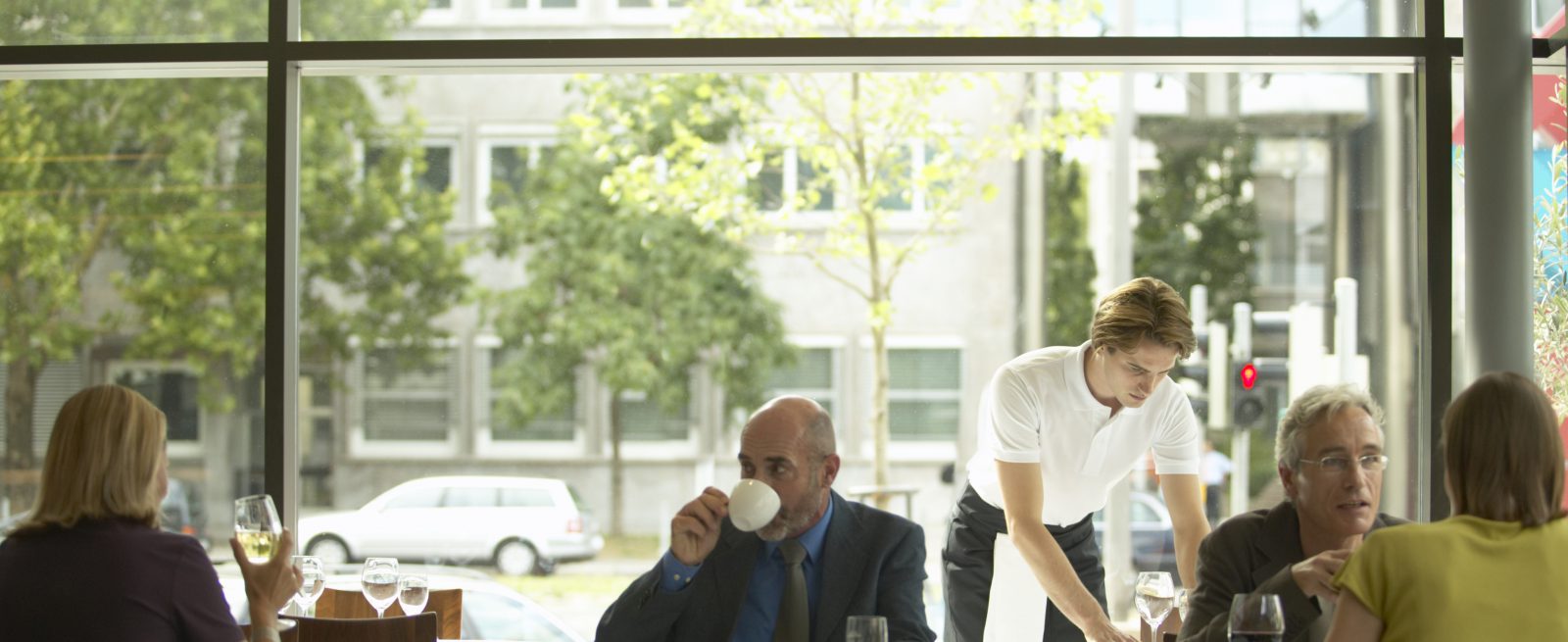Here to Stay: Hotel Dining Trends and Best Practices
3 Min Read By Justin Harkey
Decades ago, many hotel restaurants were headline destinations and cultural institutions. Then there was the cycle where hotel dining became more of a necessity, with increasingly limited options and utilitarian food and facilities. Today, however, hotel restaurants are far from an afterthought: many are successfully reestablishing themselves as a true selling point. A well-conceived and well-managed restaurant can be both an attractive and appealing amenity for guests and a revenue generator for the hotel. But that doesn’t just happen–hotels owners and operators need to be cognizant of accepted best practices and emerging cultural, professional and culinary trends. They need to know not just how to do the right thing, but how to avoid doing the wrong thing.
Do…
Build a Team You Can Trust
Building a collaborative and capable team is critically important. You have to have faith in your team, but that trust goes both ways: make a point to share your specific goals and challenges with your team. Make them a part of a solution, and they will be better equipped to work with you to overcome obstacles and accomplish goals.
Hotel restaurants are far from an afterthought: many are successfully reestablishing themselves as a true selling point.
Master Scheduling and Logistics
Many hotel restaurants are serving three meals a day, and in some cases that means that restaurants may only be closed for four hours in a 24-hour period. With such a demanding daily grind, efficient scheduling, staffing and streamlined logistics is essential to maintaining smooth operations and high-quality service.
Utilize Analytics
Make sure to implement some form of analytics to track what’s selling (and when) and what’s not (and why). Analytics can help you tweak your product mix and make informed menu and staffing decisions.
Understand Your Client Base
Be cognizant of the guests that you have in-house and plan and staff accordingly. That understanding extends beyond just volume. In some cases a hotel might be fully booked, but the majority of guests are in town for a catered conference or banquet. Conversely, even 20 percent occupancy can have the restaurant packed if it’s snowing outside and most guests decide to dine in-house.
Don’t…
Get Hung Up on a “Favorite” Dish
Don’t marry yourself to a menu item that’s a personal favorite–or a recipe your grandma used to make. Menu decisions should be strategic, calculated and unemotional. Give the guests what they want and what they are buying. You can love some parts or dishes on your menu, just don’t let that dictate “if it stays or if it goes.”
Focus on One Meal
Don’t focus on food costs for one meal period to the detriment of another. Sometimes one meal (frequently breakfast) may end up with tighter margins, and evaluations should be made across multiple meal periods.
Neglect Emerging Food Preferences
Local and healthy isn’t a fad. It’s clearly here to stay. Your guests are more educated than ever about what is going in to their bodies–both from a health perspective and from a quality perspective. Organic, locally sourced food items are becoming less of a luxury and more of an expectation. To the extent that it’s possible, make sure your menu reflects that, and that there are plenty of healthy and diet-specific options for guests who need/prefer gluten-free, vegan/vegetarian, or healthier, low-/no-sugar options.
Forget to Market
If you do things the right way, tell people about it. Creative and impactful marketing and messaging can combat mistaken assumptions about who you are, and create greater awareness when your service and selections are a cut above. Today’s hotel restaurants don’t have to be a “chain” just because they are affiliated with a hotel brand. Pay attention to quality, creativity, and consistency. When you do that, and you’re passionate about what you do–let people know! They will respond.


